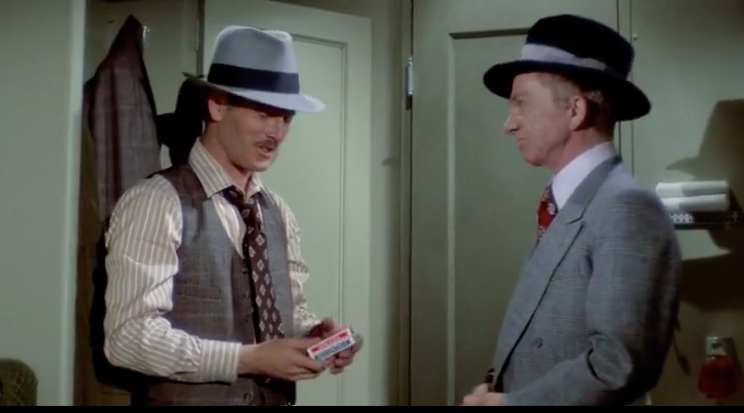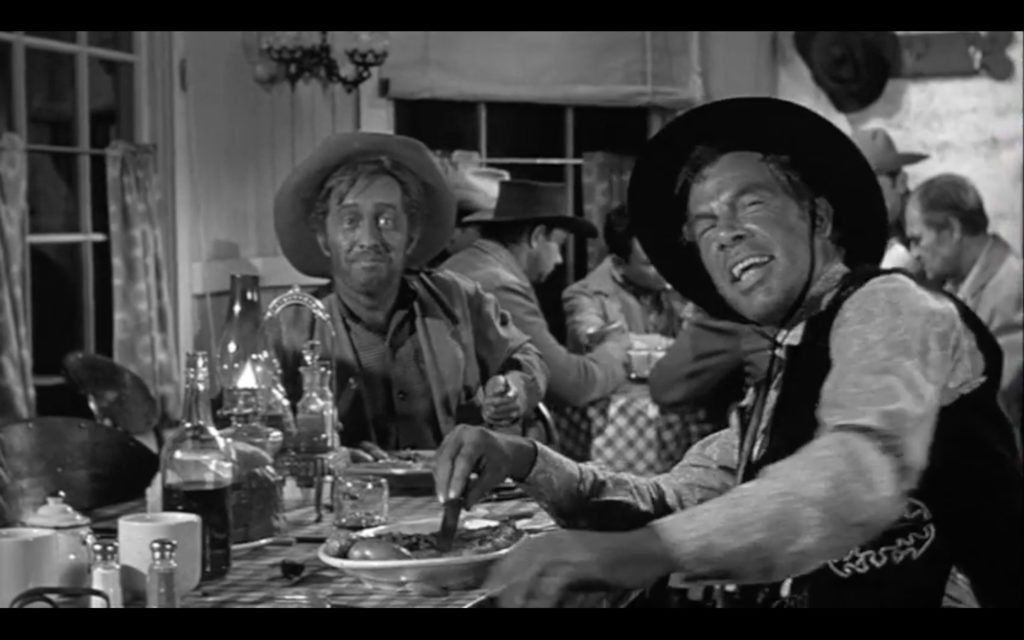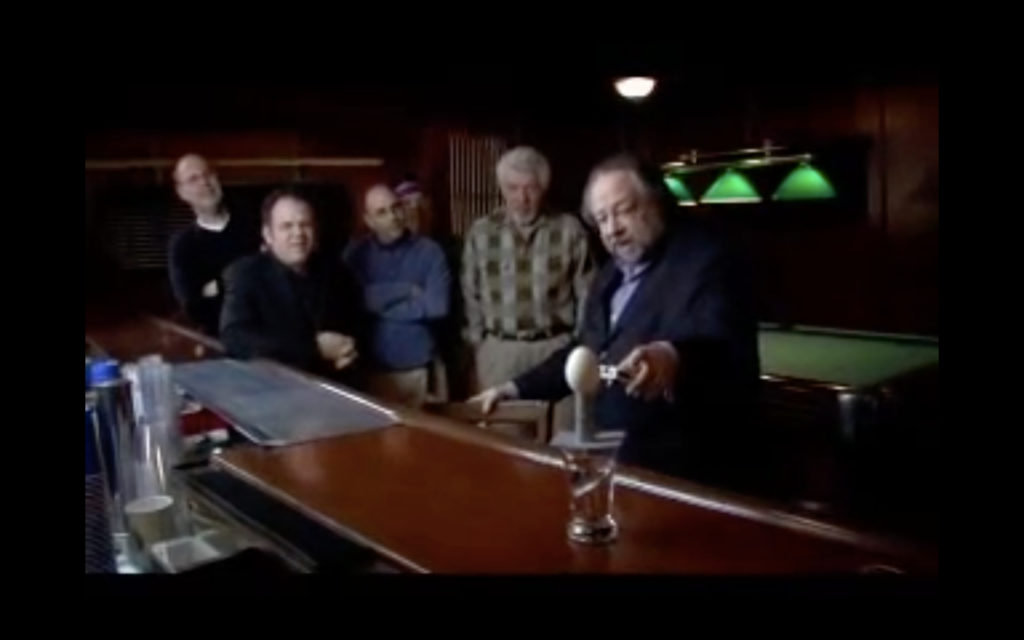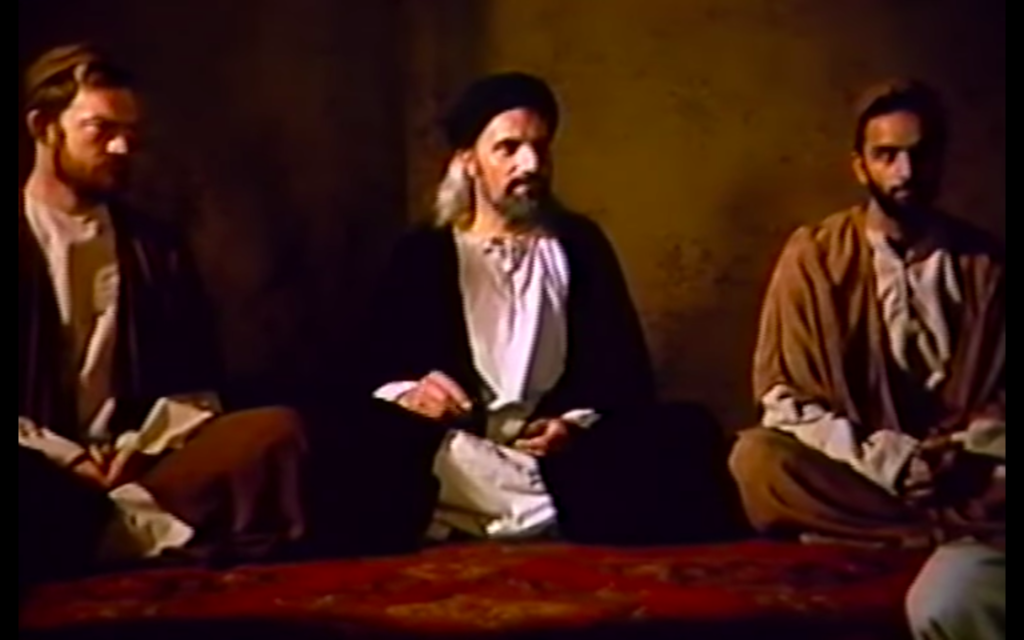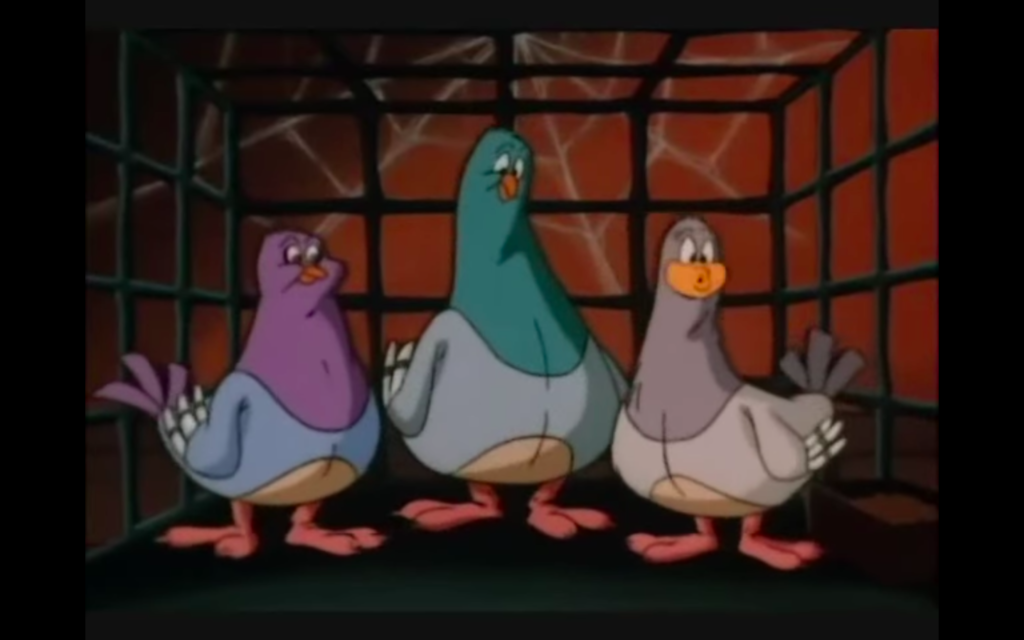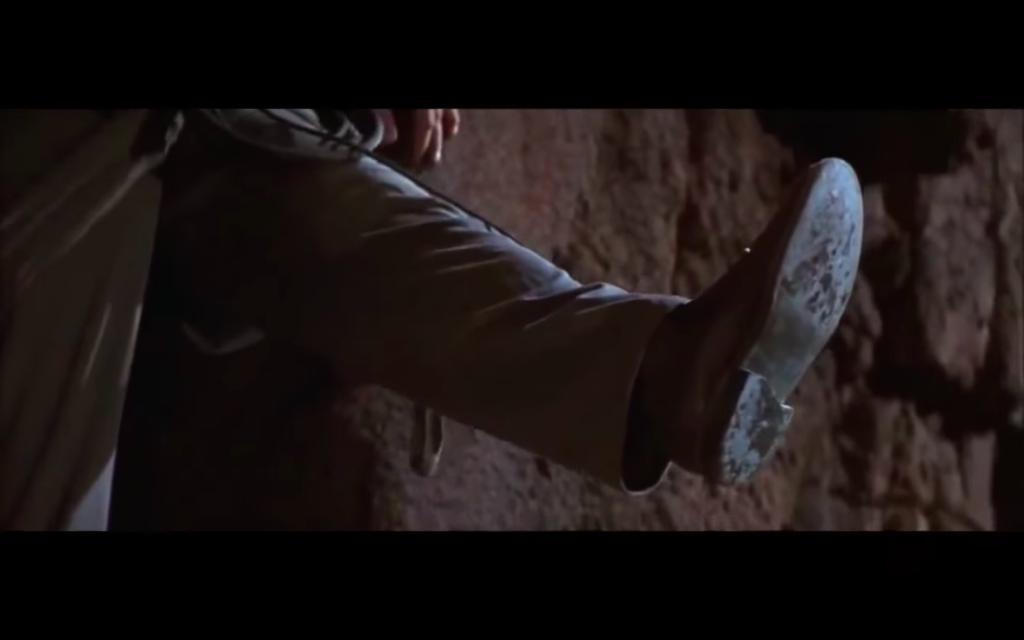What’s the most important thing in email marketing? Ben Settle, in my opinion the top guy teaching this topic, has said that the number one thing he strives to do with email is to build a relationship.
It made sense to me when I first read it. But it seemed to click in my mind in a different way today, when I got an email from somebody in Ben’s sphere of influence.
The email had a Ben-style curiosity-drenched subject line. And yet, I purposefully chose not to open the email, because I know from previous experience that I don’t care too much for what that sender has to say.
That made me think a bit (specifically about the difference between levels 4 and 5 below). And the conclusion is the following hierarchy of email marketing.
The levels are ranked from least sophisticated to most sophisticated. For each level, I’m including a few examples of subject lines that represent that level, which I managed to dig up in my own inbox.
Level 1: Pointless
These tend to be emails from corporations and big organizations that have heard email marketing is important. However, since these organizations have no idea of what to put in their emails, they usually blast out pointless newsletters that are focused on random aspects of their own corporate existance (best case) or nothing at all (worst case). This is the lowest form of email marketing.
Example subject lines:
“New Bestcare website”
“#MakeBaobabFamous”
“What’s new in MailChimp?”
Level 2: Sale
The next level up is when the sender makes an offer. The offer can be a sale, a coupon, or a new product announcement. This works — if your readers are ready to buy and they just need to be nudged with the right kind of carrot. Unfortunately, many companies doing email marketing (especially in ecommerce) only ever send out these kinds of email.
Example subject lines:
“Your favorite mist, on us”
“Save 25% Now + Win a Trip to Maui”
“Get 33% OFF Absolutely EVERYTHING + FREE Shaker”
Level 3: Benefit
Now we’re getting into copywriting territory. “Sell the sizzle, not the steak!” This is where much of the Internet Marketing world lives. This category of emails is all about announcing (and frequently screaming) benefits — though I would also include transparent fear-mongering or urgency-based emails here.
Example subject lines:
“Higher T in 14 days”
“Boost your ranking with these SEO hacks”
“Closing: On-Demand Video Views = Sales”
Level 4: Curiosity
This is still a higher level of email copywriting, which is trying to persuade more skeptical, more sophisticated readers. At first blush, there can be overlap with emails in level 3, but these curiosity emails tend to be less direct and more broadly interesting than the benefit emails. Email courses (think Andre Chaperon) also go in this category.
Example subject lines:
“Do NOT do keto if…”
“The shocking truth about exercise”
“Why drug expiration dates don’t matter”
Level 5: Relationship
Finally, there is the highest level, relationship email marketing. That’s when readers open up your email and read it simply because they’ve grown to like and trust you over time.
This is the only kind of email marketing where you’re not living “email to email” — in other words, you can get away sending all sorts of random and personal stuff, even in the subject line, and people will still read on. In some way, this is coming full circle to the “Pointless” level — except that people actually want to hear what your opinions are and what’s new with you, because you’ve built that relationship.
Example subject lines:
“Bensplaining the importance of daily emails”
“BUSTED!”
“My new project”

“One weird trick for reaching the top of the ziggurat”
Now, there’s an important distinction between levels 1-4 and level 5.
Levels 1-4 are under your control. It’s simply a matter of what you put in the email.
However, you can’t force people to have a relationship with you. All you can really do is write good emails that will hopefully resonate with some of the people on your list.
Technical note: Being at the Relationship level doesn’t mean you only send out personal updates or rants. Quite the opposite. You can and should still frequently mix and match content from the different levels — even within one email. That’s how you get to — and stay at — the top.


